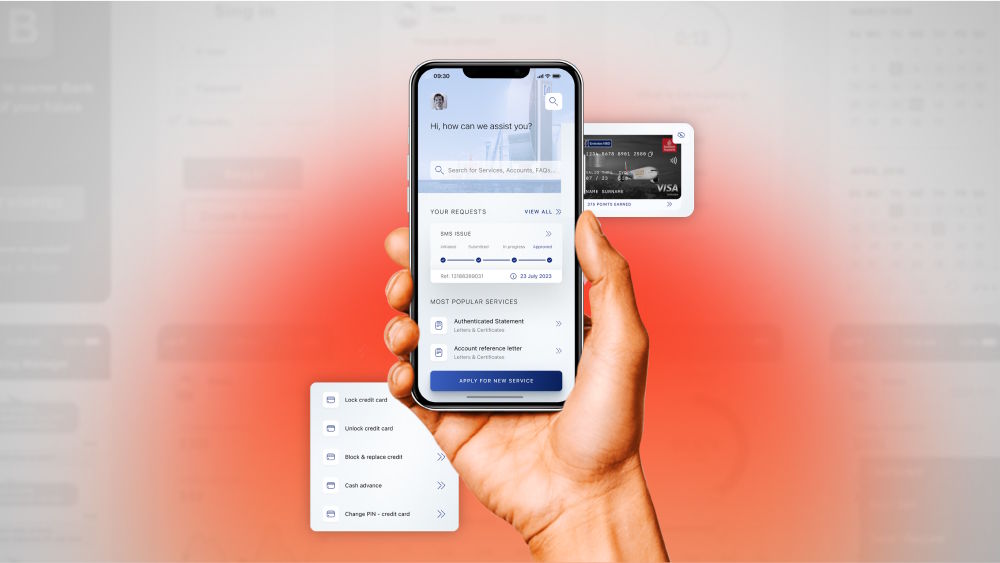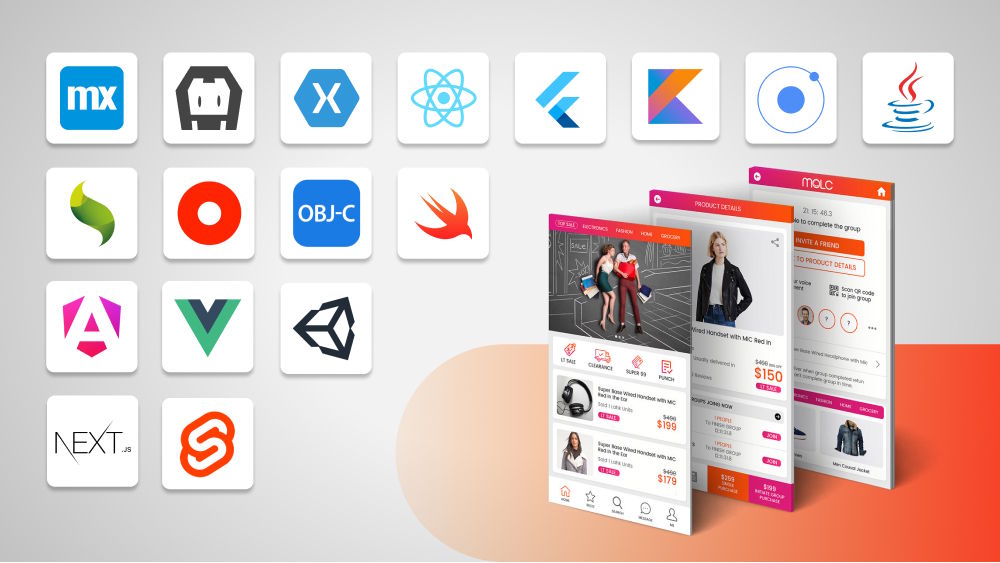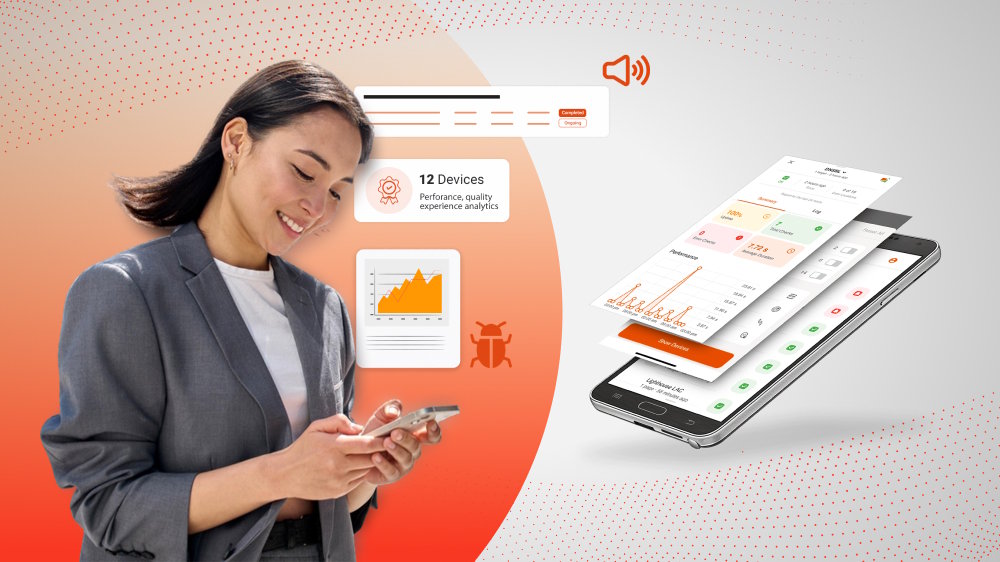
Distributed Enterprises and Distributed Systems Applications, Explained
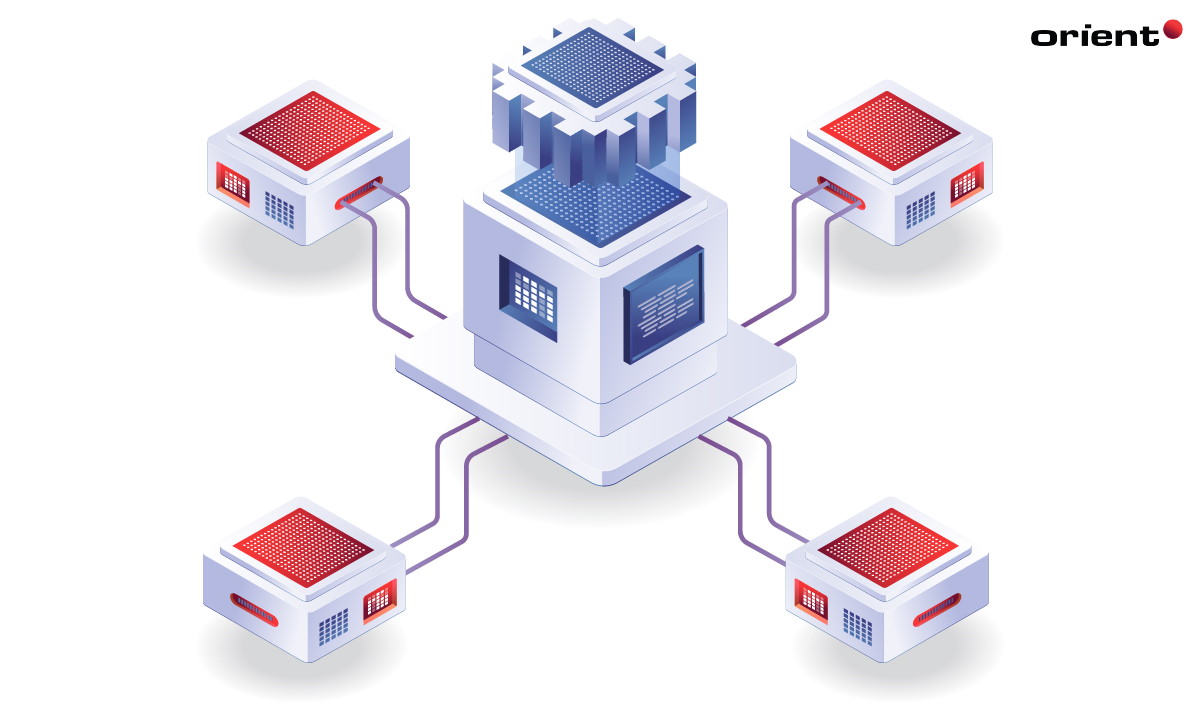
Content Map
More chaptersA distributed enterprise is a business organization that has a central physical location, typically an office space, but also other branch sites and hybrid or remote locations, which all work under the same brand. Depending on the type of organizations, these associated sites may be scattered across different regions, states, and even countries. They may operate in commercial buildings with infrastructure provided by the organization, or they may operate in residential settings where employees use their own equipment and home internet. Some distributed enterprises use a combination of both.
Due to the disparate nature of distributed enterprises, associated sites are often at risk of increased cybersecurity attacks, reduced productivity and efficiency, and reduced customer satisfaction levels. Therefore, it is up to the organization to make sure that each associated site, regardless of its type, is adequately equipped to operate in the safest, most secure, and most efficient manner.
Why are Distributed Enterprises Important?
Because they enable organizations to operate on a much broader scale than a traditional business model. By setting up associated sites across different regions, states, and countries, distributed enterprises can reach more customers, earn more revenue, increase brand recognition, and be more productive and efficient.
This isn’t just hyperbole, either. According to the results of a two-year study conducted by Stanford University professor Nicholas Bloom, work-from-home employees are more likely to work a true full-time shift (or more). This is because they are not late to the office, nor do they leave the office early, multiple times a week. They are also less distracted and find it easier to concentrate at home. Moreover, employee attrition decreased by 50 percent among work-at-home employees, as they took shorter breaks, had fewer sick days, and took less time off.
Switching to a distributed enterprise model is particularly important in a post-COVID-19 era, where safety measures like social distancing and lockdowns forced organizations to transition quickly to remote and hybrid working arrangements. This meant employees could work from the comfort and safety of home, while the organization could continue to operate, as close as possible, to an acceptable level of productivity.
What are the Benefits of a Distributed Enterprise Strategy?
There are many benefits to adopting a distributed enterprise strategy. One of the most important benefits is the potential for reduced operational costs, which can be achieved by allowing employees to work from home – removing the need to pay for rent and ongoing maintenance for associated commercial sites – letting remote employees use their personal devices for work, and switching to a cloud-based infrastructure.
With the latter option, employees can access their data, database systems, files, software, and accounts via the cloud on any internet-enabled device, and the cloud service provider is responsible for all software maintenance and updates, alleviating the time and cost burden off the distributed enterprise’s shoulders.
Another benefit of a distributed enterprise strategy is the potential for an organization to achieve high scalability and flexibility. This goes beyond just being able to service more customers in more parts of the world, but also being able to respond swiftly to unforeseen market disruptions, adapt to new customer expectations, and resolve sudden technical or user-experience issues. Overall, this would increase their fault tolerance and resilience.
For example, distributed enterprises that operate in the cloud can add new features and functions to their cloud-based infrastructure, so as to help increase employee engagement, increase productivity and efficiency, and foster a more positive customer experience.
This can be seen in companies like Uber, who implement a vast array of micro-services into their applications – i.e. maps, instant messaging, digital billing – to make the in-app experience as intuitive as possible for Uber drivers and customers alike.
What Considerations Should Organizations Make When Planning a Distributed Enterprise Strategy?
Distributed enterprises face many unique challenges, which mostly relate to issues such as cybersecurity, cross-department communication and collaboration, and the customer experience. Incorporating the latest distributed system architecture into a distributed enterprise is an effective way to overcome those issues.
Security Software
When it comes to cybersecurity, associated sites need to be just as secure and resilient as their central office counterparts. Any security gaps or weaknesses may be abused by malicious actors in order to gain unauthorized access to the entire system: an organization’s accounts, sensitive data on customers and employees, and intellectual property. These malicious actors may then steal the data and hold it for ransom for a large sum, or sell it on the dark web for a huge financial gain.
To avoid these problems from happening, distributed enterprises should employ the latest cybersecurity measures, with such systems like Next-Generation Firewalls (NGFWs), centralized management, and application controls. NGFWs go beyond the capabilities of traditional firewalls by doing more than just detecting suspicious traffic and blocking network access based on a predefined blacklist, but by also using advanced techniques like sandboxing, URL filtering, and behavior analysis to detect and remove advanced threats that come in the form of ransomware, SQL injections, and malware.
Meanwhile centralized management is all about using a consistent set of tools, processes, procedures, and methods for every central location and associated site. In this way, there are no siloes between any one location and cybersecurity is handled with the same single, unified set of tools and systems.
Distributed Systems Architecture
When switching to a distributed enterprise arrangement, organizations should think about the computing environment their associated sites will engage with. Distributed systems applications are an effective way for associated sites to work, share, communicate, and collaborate in real time, together.
Popular examples of distributed databases applications include the music and podcast streaming platform, Spotify, and the emergence of online banking and trading, both of which rely on the power of distributed computing systems in order to collect, process, and manage the very large volumes of data that they acquire on a daily basis. In fact, the cloud itself is an example of distributed computing.
Fortunately, these days, modern distributed systems applications are hosted over the internet in the cloud, and can be accessed through web applications or custom software applications. This makes it easy for users on all kinds of devices to interact with the same distributed system application.
So, for organizations that want to switch to a distributed enterprise arrangement, they should have a relatively easy time making sure that their remote employees can all connect to the same IT system and do their assigned tasks in line with their unique roles and positions within the organization.
Choosing the Right Distributed Computing System Applications for Your Organization
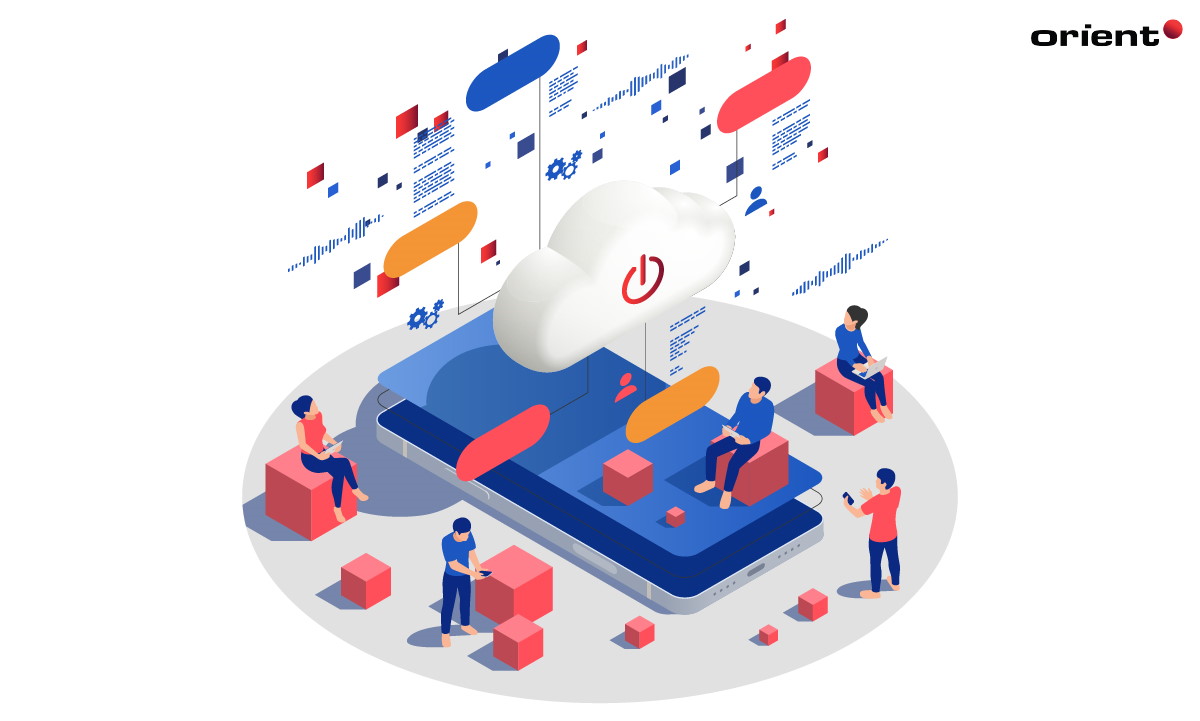
There are four main types of distributed systems applications:
- Client-Server systems: involve the use of multiple computers connected to the same network to interact with a central server (or multiple servers) in order to perform data storage, processing, or another goal
- Cell Phone networks: share the workload among multiple networked smartphones or handsets
- Peer-to-peer networks: the workload is distributed among hundreds if not thousands of computers all running the same software
- Web-based networks: dozens of cloud-based virtual servers handle the workload and then terminate the task when complete.
For most organizations, the Client-Server and Web-based approaches are the two most popular types of distributed systems applications. This is because of the advent of cloud computing, which makes it possible for organizations to leverage off a third-party resource in order to acquire the computational power they need to run their business. This is much more affordable than if they were to install and manage the same physical infrastructure - that being multiple computers, multiple servers, and multiple data centers - on their own.
Thanks to the increased speed, efficiency, and reliability of the internet and the cloud, there is no need for an organization to commit to such a large, upfront and ongoing investment. As a result distributed systems applications are accessible to even small business owners and startups, who are often more budget-conscious than large enterprises, especially when it comes to digital transformation.


